Latest News
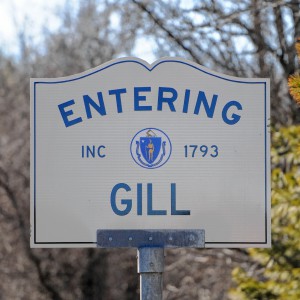 Gill ZBA reviewing cidery plans
Gill ZBA reviewing cidery plans
 Real Estate Transactions: March 14, 2025
Real Estate Transactions: March 14, 2025

Greenfield Starbucks pours its first cup
GREENFIELD — After months of anticipation, the Starbucks at 200 Mohawk Trail opened its doors Thursday morning to serve its first customer: 12-year-old Emma Lanoue, a seventh grader at Pioneer Valley Regional School.

With $402K grant, South Deerfield company with focus on supercapacitors poised to expand
SOUTH DEERFIELD — Over the last year, an energy storage solutions research and development company focusing on supercapacitors has been settling into its new facility off of Routes 5 and 10.
Most Read
 Greenfield Starbucks provides update for opening day
Greenfield Starbucks provides update for opening day
 Shelburne Falls veteran pleads guilty to stealing benefits, lying about service
Shelburne Falls veteran pleads guilty to stealing benefits, lying about service
 Div. 5 boys basketball: No. 1 Pioneer stifles Drury to cruise into state title game following 49-23 semifinal victory (PHOTOS)
Div. 5 boys basketball: No. 1 Pioneer stifles Drury to cruise into state title game following 49-23 semifinal victory (PHOTOS)
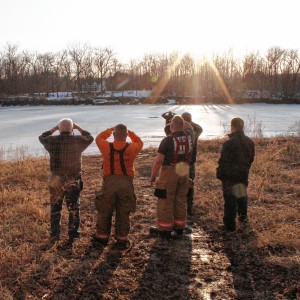 Dog retrieved after fall through ice in Northfield
Dog retrieved after fall through ice in Northfield
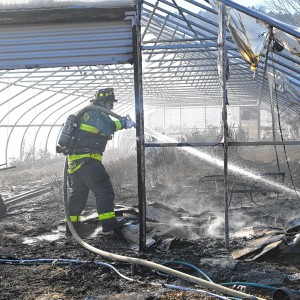 Greenhouse fire in Deerfield may have started with extension cord, chief says
Greenhouse fire in Deerfield may have started with extension cord, chief says
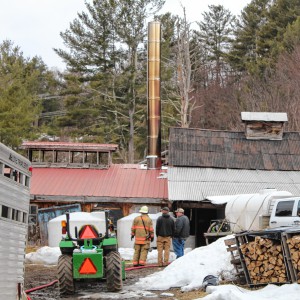 Hager’s Farm sugarhouse fire quickly extinguished in Colrain
Hager’s Farm sugarhouse fire quickly extinguished in Colrain
Editors Picks
 PHOTO: Reflective recreation
PHOTO: Reflective recreation
 PHOTO: Go, go, goats!
PHOTO: Go, go, goats!
 Business Briefs: March 14, 2025
Business Briefs: March 14, 2025
 Greenfield Notebook: March 12, 2025
Greenfield Notebook: March 12, 2025
Sports

MIAA tourneys by the numbers: Pioneer seeking Franklin County's 6th state basketball title all time
State championship weekend (a three-day affair!) is upon us.
Opinion

Bob Bourke: The smell of entitlement
Most of us can only dream of being in the top 1% of earners in this country. But with a little digging I found a way to almost get to breathe that rarefied air.
 Tom Tolg: Not a thug nation yet, but getting close
Tom Tolg: Not a thug nation yet, but getting close
 Robert W. MacDonald: Actions needed to make America great
Robert W. MacDonald: Actions needed to make America great
 Sherry Cowdrey: Heartless liberals showed stripes
Sherry Cowdrey: Heartless liberals showed stripes
 Garth Shaneyfelt: An ADU obsession
Garth Shaneyfelt: An ADU obsession

Your Daily Puzzles

An approachable redesign to a classic. Explore our "hints."

A quick daily flip. Finally, someone cracked the code on digital jigsaw puzzles.

Chess but with chaos: Every day is a unique, wacky board.

Word search but as a strategy game. Clearing the board feels really good.

Align the letters in just the right way to spell a word. And then more words.
Business

Greenfield Starbucks provides update for opening day
GREENFIELD — Latte lovers will have to wait until later this week for their favorite Starbucks beverage as, contrary to the corporation’s previous announcement that its 200 Mohawk Trail location would open Monday, March 10, it is now expected to open in a few days.
 A ‘grande’ opening ahead: Greenfield Starbucks to open its doors Monday
A ‘grande’ opening ahead: Greenfield Starbucks to open its doors Monday
 Report details cannabis trends, and more than $8 billion in sales
Report details cannabis trends, and more than $8 billion in sales
 ZBA reviews proposed Dollar Store in Sunderland
ZBA reviews proposed Dollar Store in Sunderland
Arts & Life
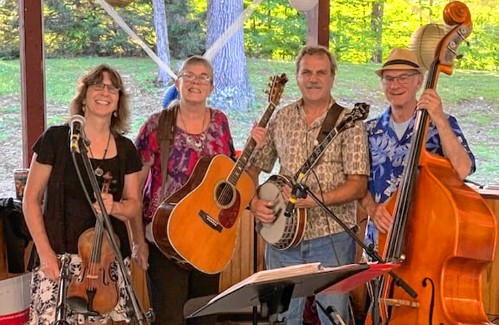
Sounds Local: Saint Patrick’s Day festivities abound: Where to hear Celtic music this weekend in Franklin County
Saint Patrick’s Day is only days away, and for the band Ragged Blue, that means a busy weekend ahead. They’ll be playing Celtic music at a variety of shows this weekend.
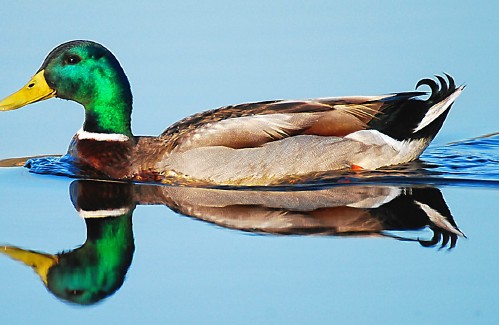 Speaking of Nature: It’s enough already: Mallards bring signs of spring
Speaking of Nature: It’s enough already: Mallards bring signs of spring
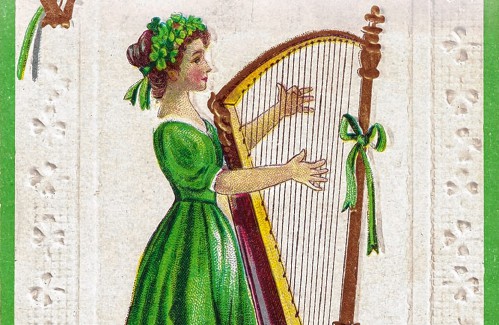 Colcannon from Colrain to Coleraine: Irish comfort food for Saint Patrick’s Day
Colcannon from Colrain to Coleraine: Irish comfort food for Saint Patrick’s Day
Obituaries
 Fay Bertha Hofmann
Fay Bertha Hofmann
Greenfield , MA - Fay Bertha Hofmann of Greenfield, MA died peacefully from natural causes on February 18, 2025, at Cooley Dickenson Hospital Northampton, MA at the age of 81 surrounded by loved ones. She was born on August 20, 1943, in... remainder of obit for Fay Bertha Hofmann
 Joseph S. Kucenski
Joseph S. Kucenski
Turners Falls, MA - Joseph S. Kucenski, 75, of Pleasant St. passed away Saturday March 8, 2025, at Greenfield Rehabilitation and Care Center. He was born in Northampton on July 1, 1949, the son of Joseph and Gladys (Rogoleski) Kucenski.... remainder of obit for Joseph S. Kucenski
 Susan H. Pratt
Susan H. Pratt
Greenfield, MA - Susan Helen (Stasinopoulos) Pratt, 82, of Greenfield passed away peacefully on Saturday, March 8, 2025. Susan was born on July 29, 1942 to Stephen Stasinopoulos and Helen (Sears) Doody in Greenfield where she was raise... remainder of obit for Susan H. Pratt
 Robert W. Hinds
Robert W. Hinds
Robert W. "Bob" Hinds Buckland, MA - Robert "Bob" Hinds, devoted husband, father, grandfather, uncle, and coach passed away suddenly at his home on March 6 at the age of 83. He was born in New York City on September 5, 1941 to Alfred Boy... remainder of obit for Robert W. Hinds

 Greenfield School Committee rattled by mayor’s education budget
Greenfield School Committee rattled by mayor’s education budget
 New Franklin Tech building or repairs being explored
New Franklin Tech building or repairs being explored
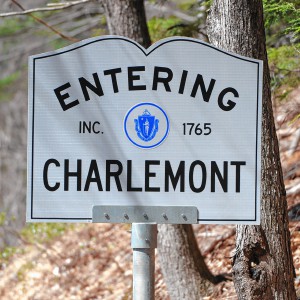 Charlemont officials throw support behind potential education funding lawsuit
Charlemont officials throw support behind potential education funding lawsuit
 Connecticut man closes on McGovern dealerships in Greenfield
Connecticut man closes on McGovern dealerships in Greenfield
 My Turn: Blunt effects of Trump’s efforts on the ground
My Turn: Blunt effects of Trump’s efforts on the ground
 Sunderland discovers capital override amount not raised through taxes
Sunderland discovers capital override amount not raised through taxes
 Whately looks to fill highway super, tax collector/treasurer jobs
Whately looks to fill highway super, tax collector/treasurer jobs
 UMass football: New defensive coordinator Jared Keyte pleased with Minutemen’s opening week of spring practice
UMass football: New defensive coordinator Jared Keyte pleased with Minutemen’s opening week of spring practice UMass hockey: Minutemen hold off Vermont 2-1, advance to Hockey East quarterfinals
UMass hockey: Minutemen hold off Vermont 2-1, advance to Hockey East quarterfinals UMass basketball: Offense sputters, Minutemen fall to La Salle in Atlantic 10 first round, 78-71
UMass basketball: Offense sputters, Minutemen fall to La Salle in Atlantic 10 first round, 78-71 Div. 5 boys basketball: Pioneer kicks the semifinal door down to reach first state title game since 1998
Div. 5 boys basketball: Pioneer kicks the semifinal door down to reach first state title game since 1998  Ashfield’s historic Elmer’s Store seeing new life with opening of Wicked Good Café
Ashfield’s historic Elmer’s Store seeing new life with opening of Wicked Good Café  From the field to your screens: Two seniors take Frontier Community Access Television’s sports broadcasting to new heights
From the field to your screens: Two seniors take Frontier Community Access Television’s sports broadcasting to new heights Her muse is poultry: Painter Pat Little’s ‘Cosmic Chickens’ series on display in Shelburne Falls
Her muse is poultry: Painter Pat Little’s ‘Cosmic Chickens’ series on display in Shelburne Falls
